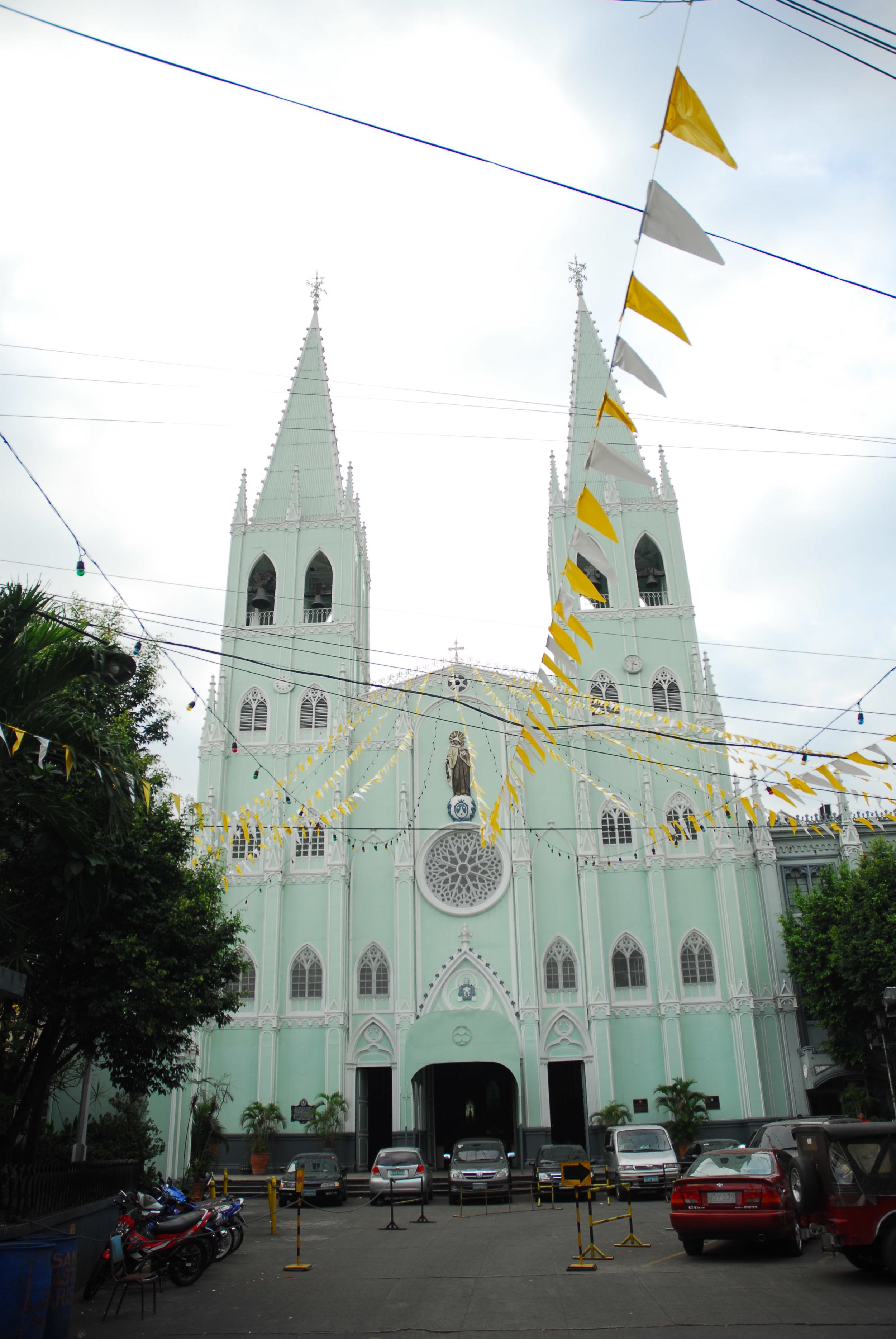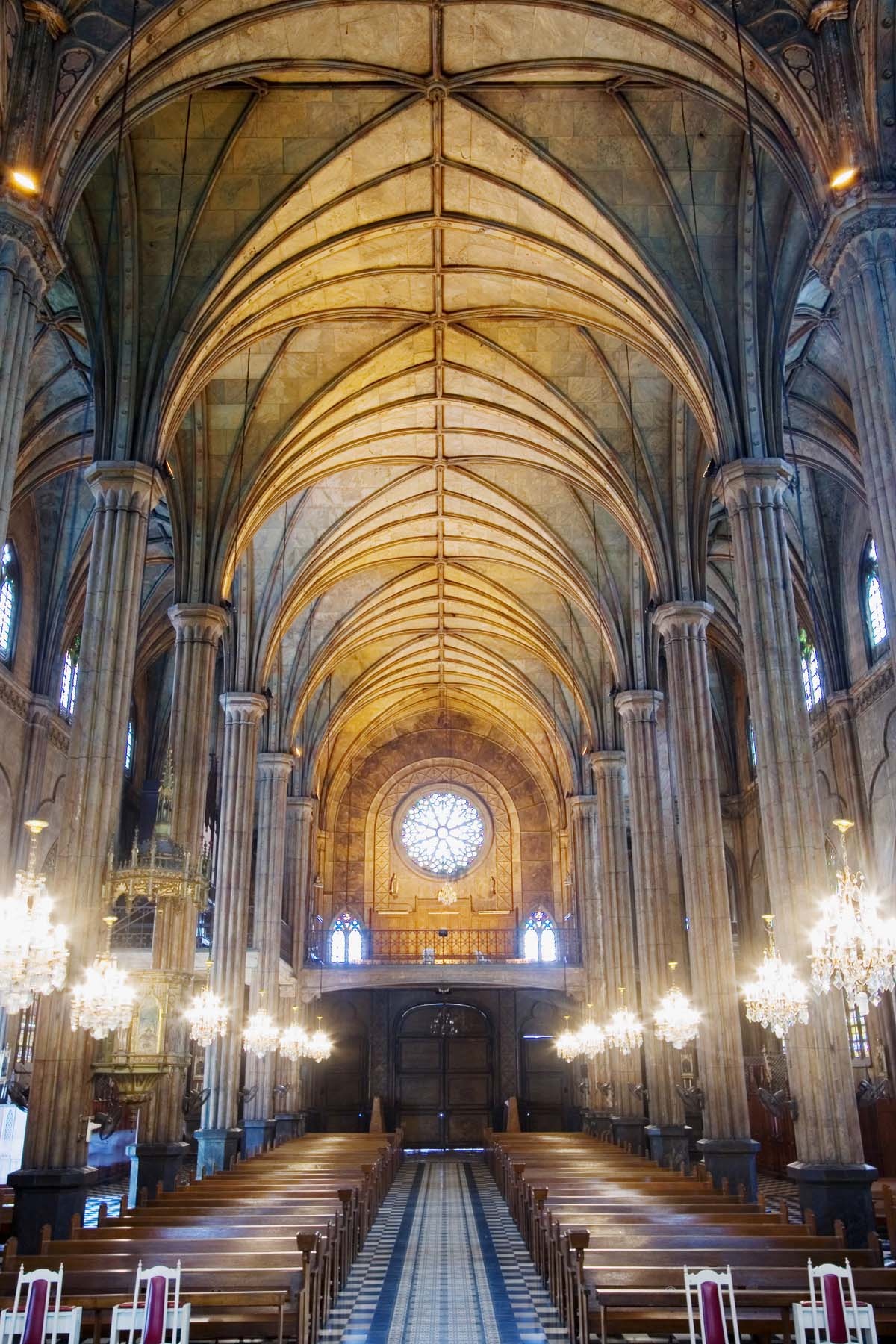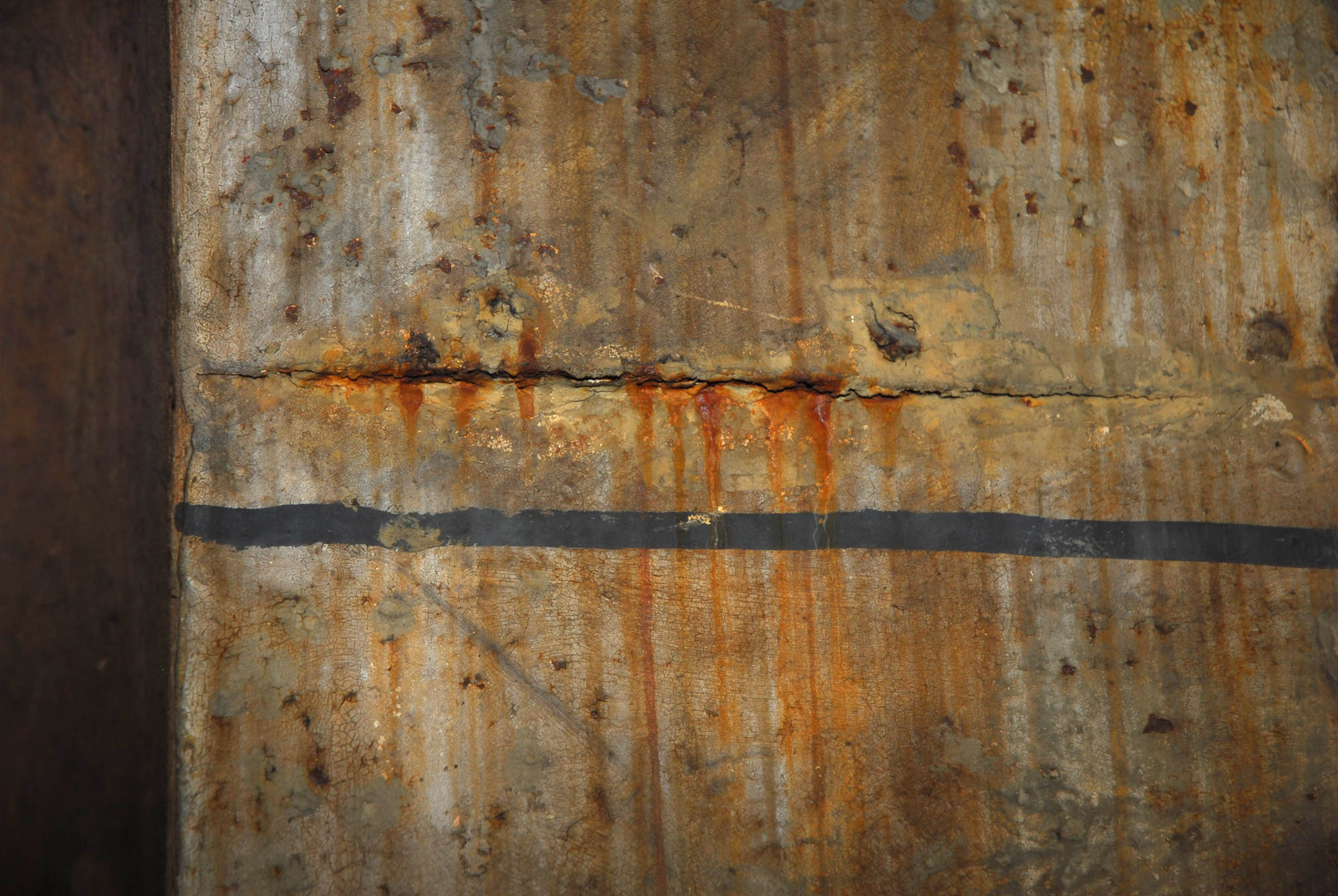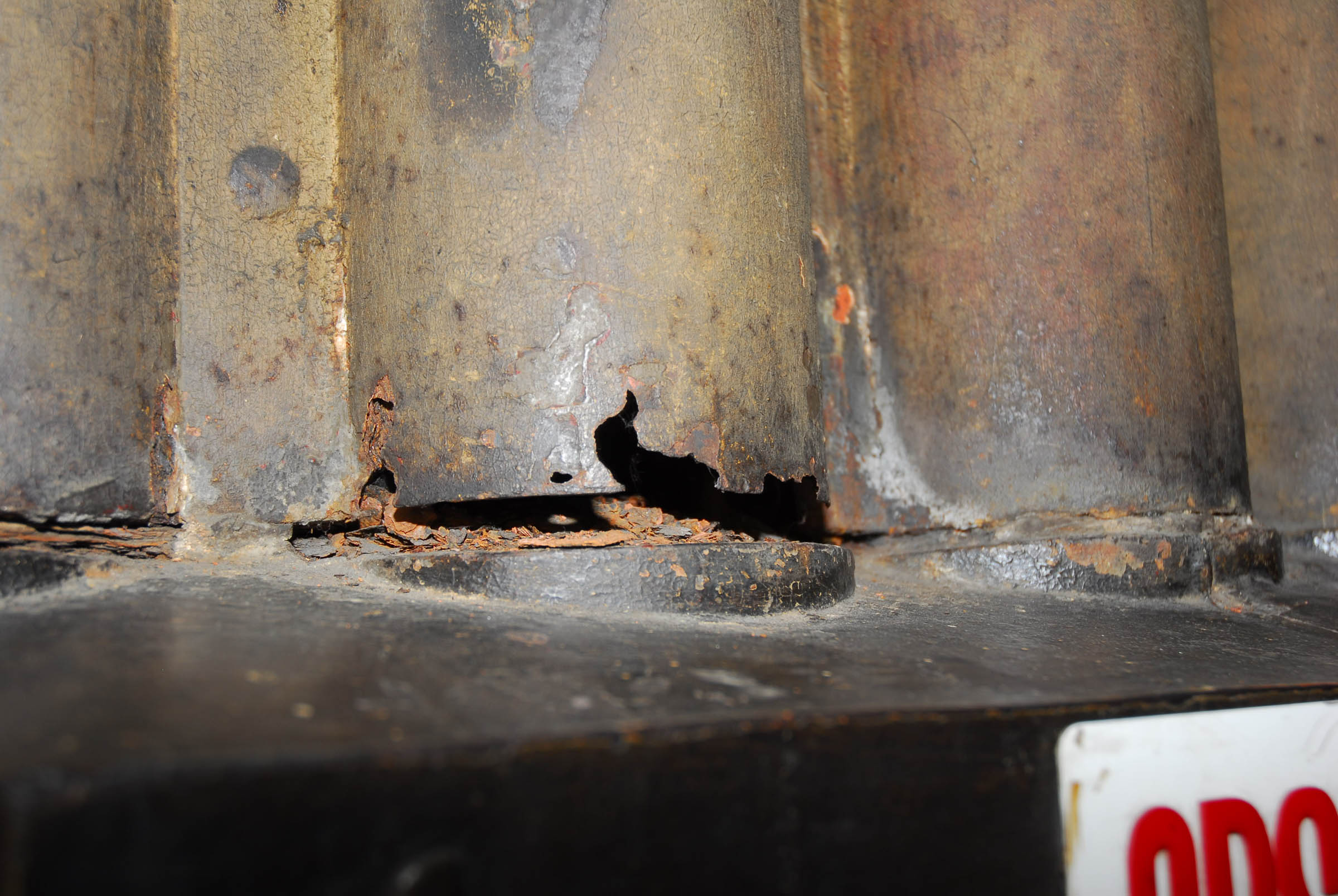BAKÁS PILIPINAS, in collaboration with a consortium of Quiapo-based property owners, heritage advocates and community organizations, prepared and submitted a petition to declare a core area of Quiapo as a Heritage Zone. The “Lakad Dasal: The Quiapo Pilgrimage and Living Heritage Corridor” is a Proposal in accordance with the provisions of Republic Act 10066, or better known as the National Heritage Act of 2009.
Congressman Joel R. Chua, Representative of the 3rd District of Manila, introduced House Bill No. 3750[1] , “An Act -Declaring the immediate environs of Quiapo Church, Plaza Miranda, San Sebastian Church, and Plaza del Carmen as a National Heritage Zone, Providing for its Restoration, Rehabilitation, Conservation and Development.” This House Bill was approved in August 2022 at the First Regular Session of the House of Representatives.
On November 2022, at the Senate's 19th Congress the bill, S. No. 14713, "An Act Declaring Quiapo District in the City of Manila a National Historical-Cultural Heritage Zone", was introduced by Senator Manuel Lapid. It is pending approval.
Quiapo is a significant religious, historical and cultural area of the city of Manila. This area has a written history which begins in the early period of Spanish colonial rule as one of the arrabales outside of Intramuros. Over time, Quiapo’s identity has taken root in the consciousness not just of the people in the community, but also of the city and the nation. The Quiapo of the past is still very palpable in the Quiapo of today.
As we wait for the passage of the S. No. 1471 bill, we ask for your support and the cooperation of the different governmental agencies in the City of Manila and the nation to ensure that the historic resources of Quiapo are given the recognition and protection that it deserves.
Click above or go to our Resources page.













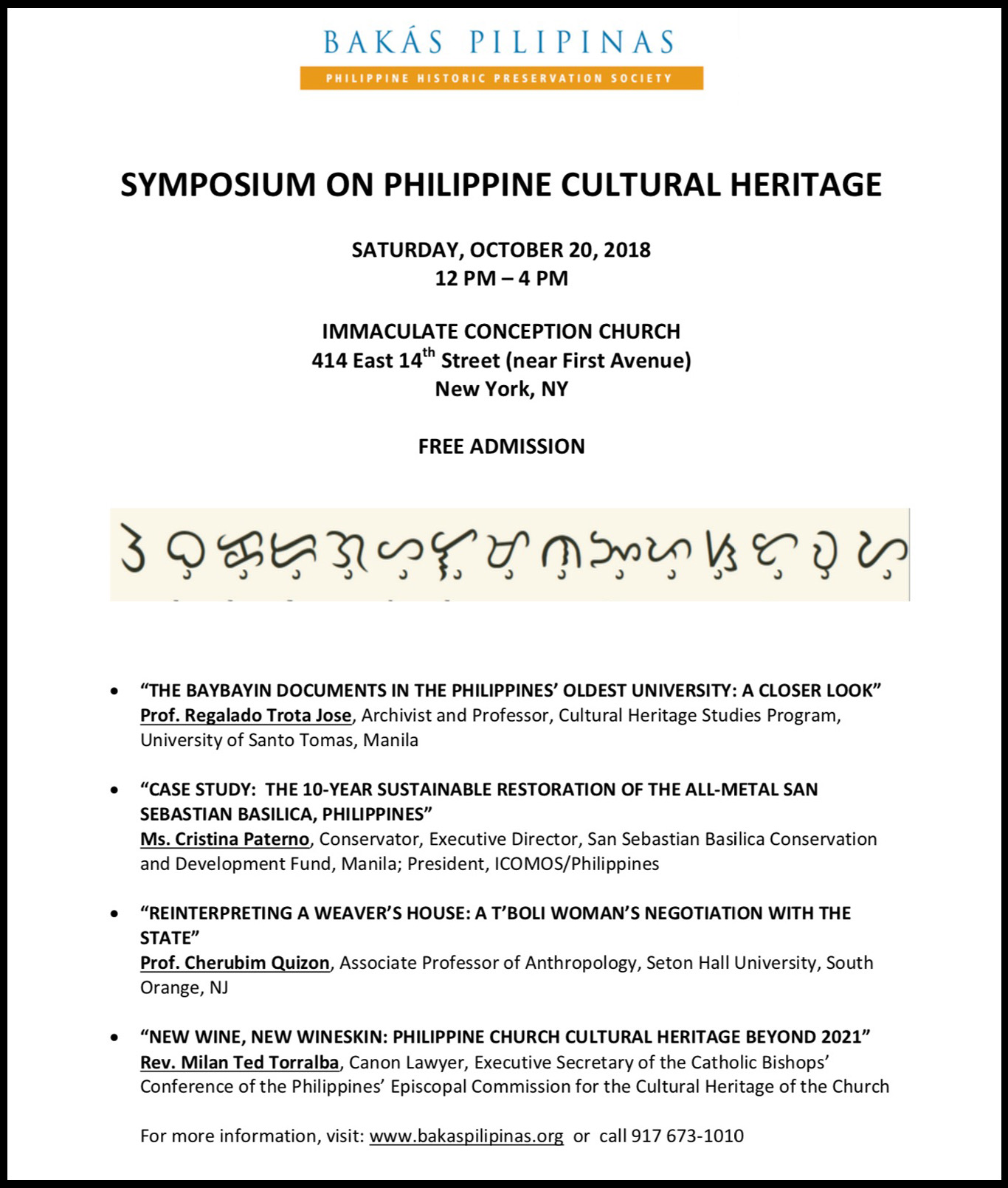







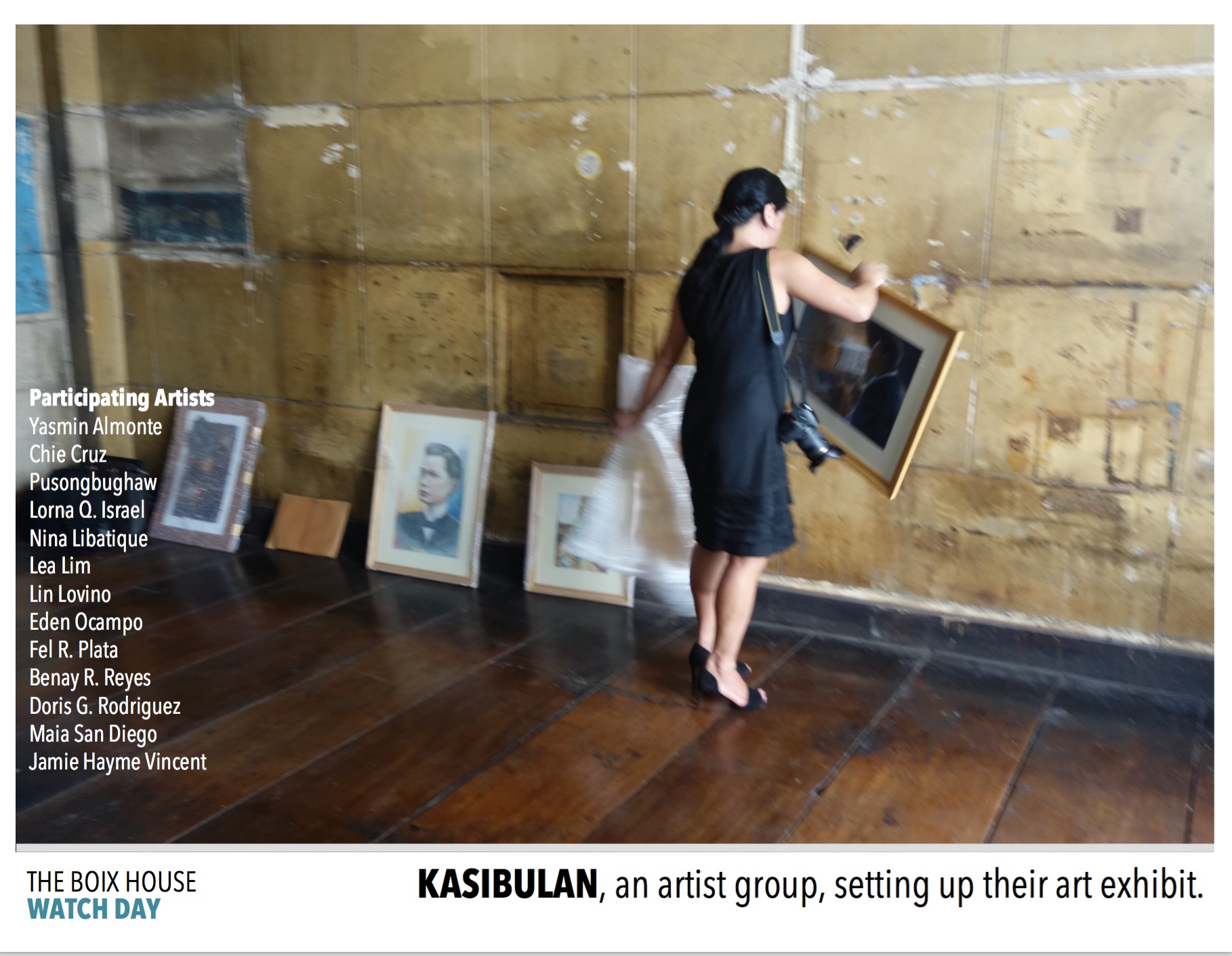


















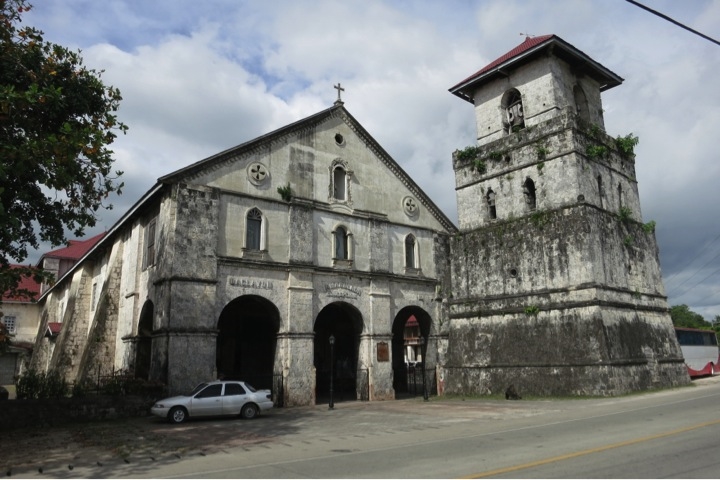


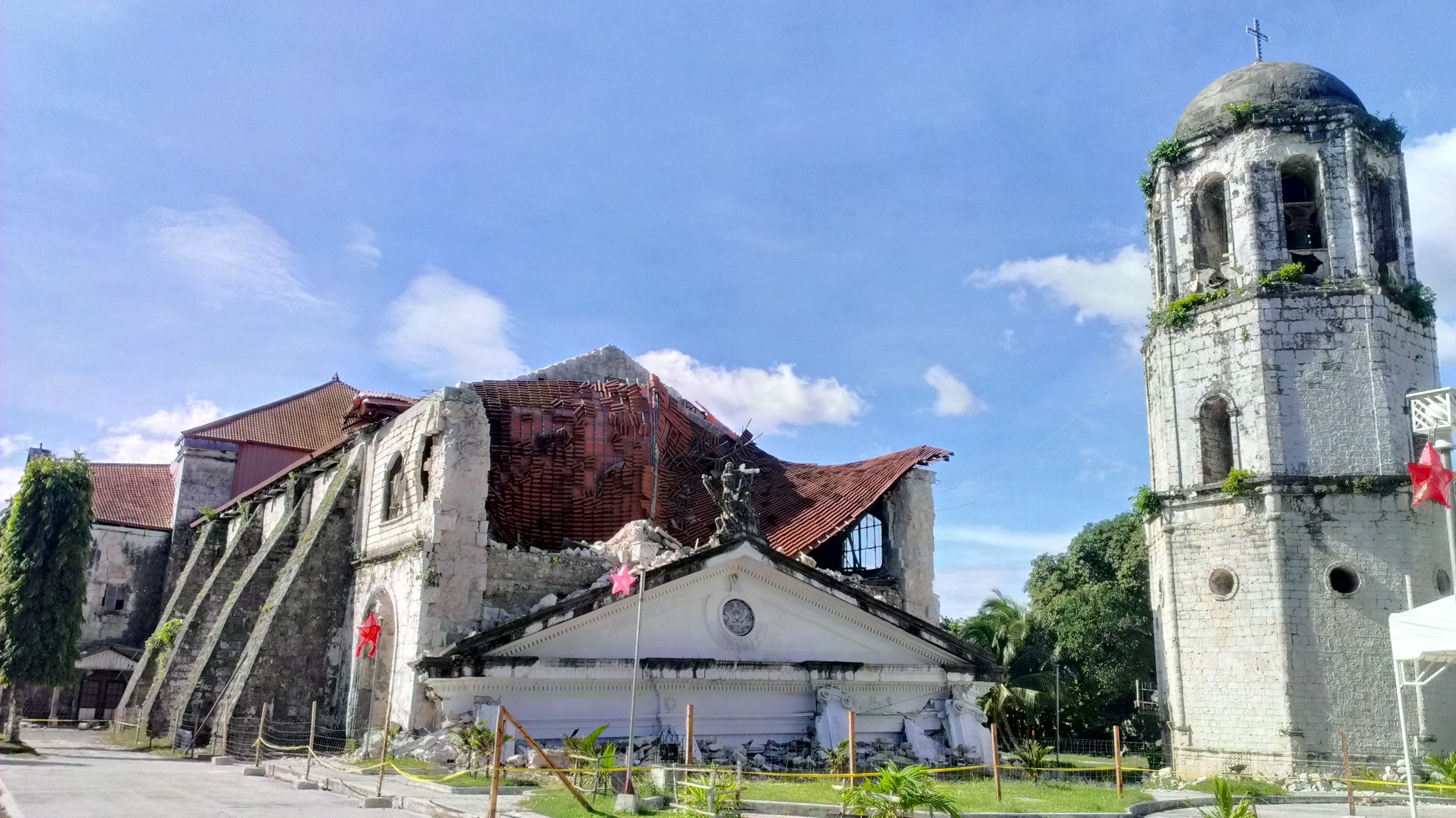
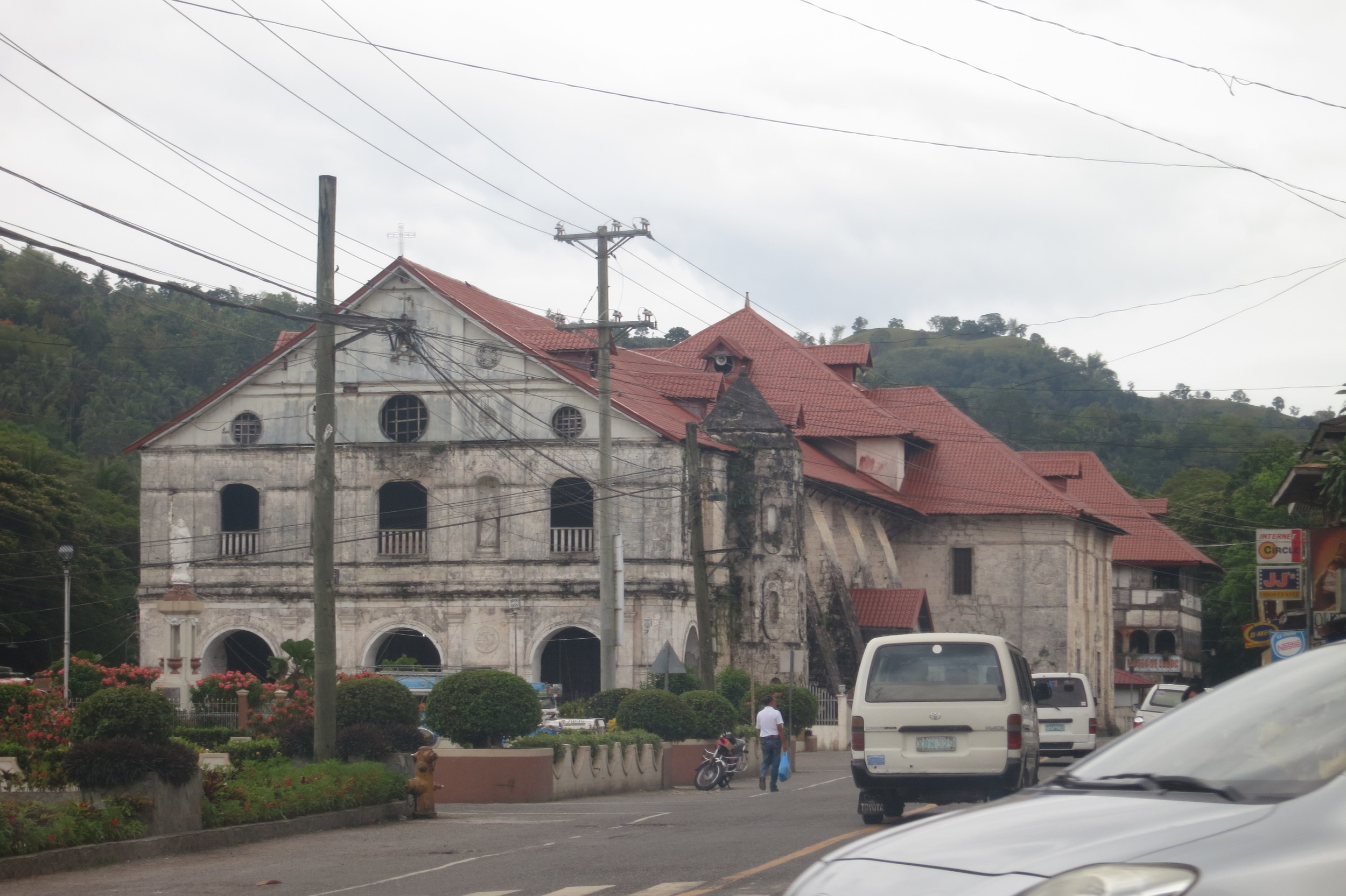
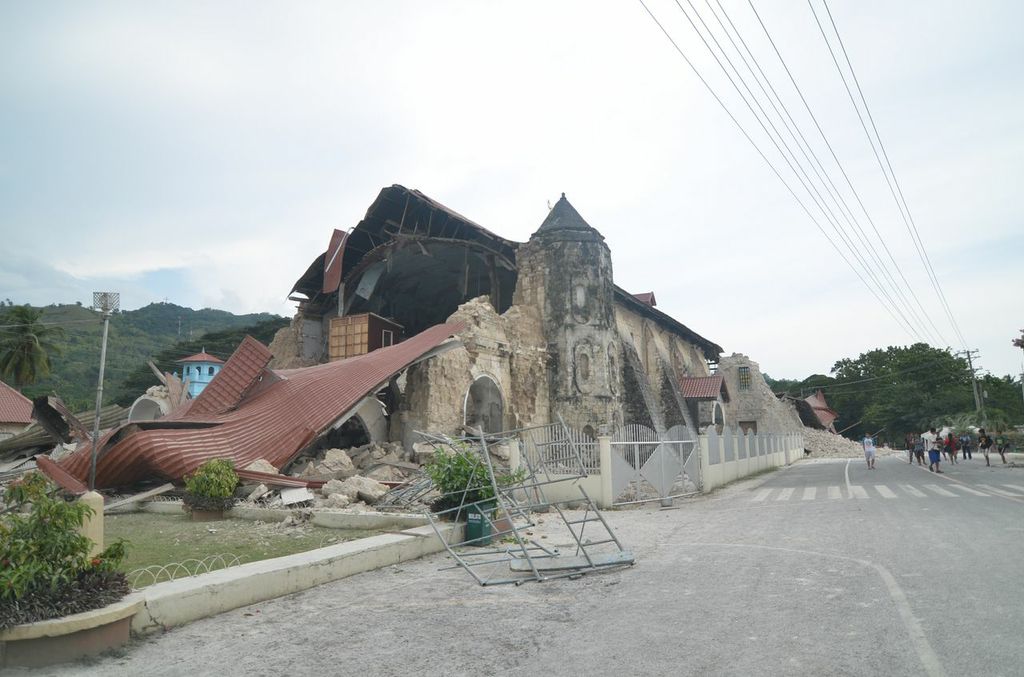









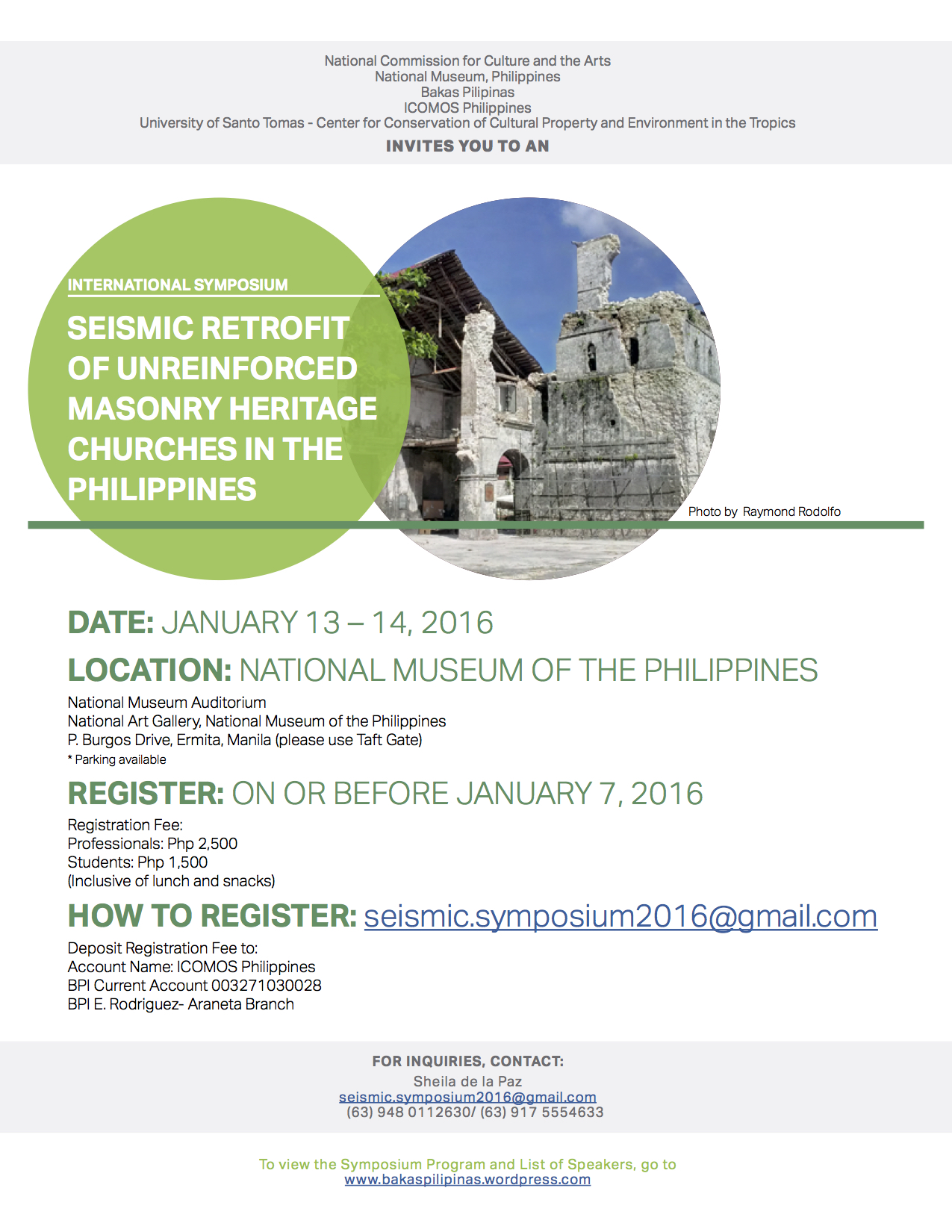


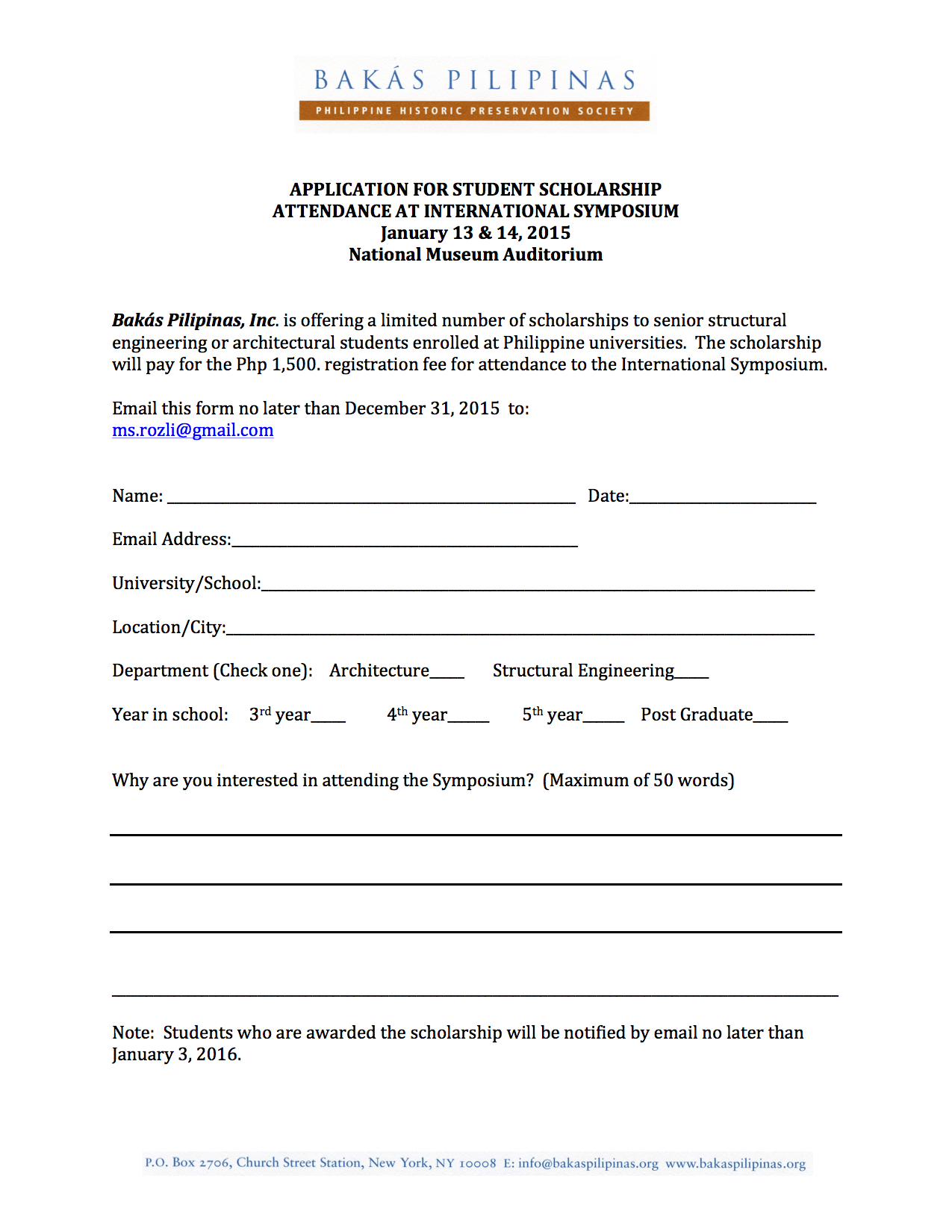


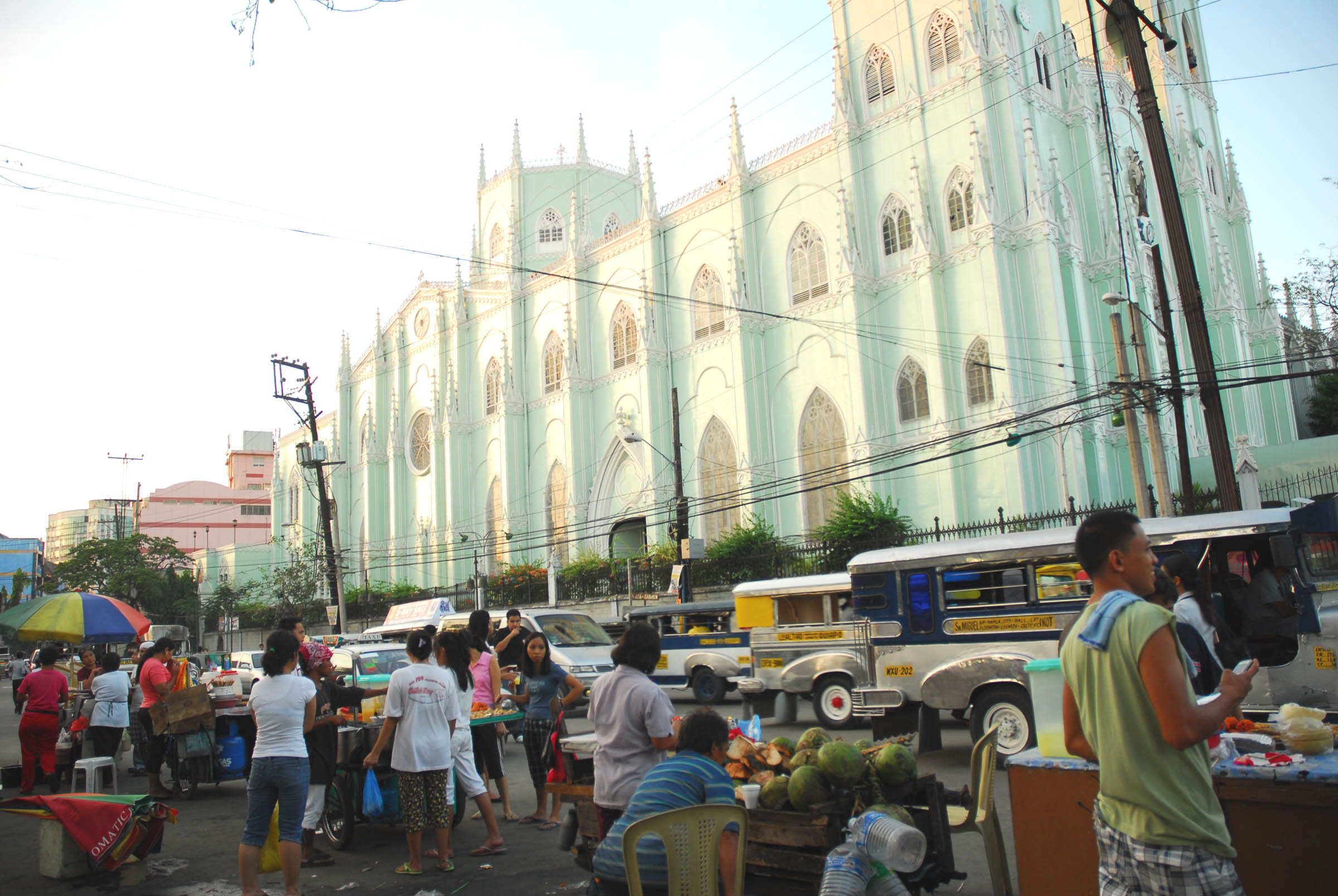 Exterior view of San Sebastian Basilica, Manila
Exterior view of San Sebastian Basilica, Manila